Shanghai cuisine, renowned for its delicate flavors and emphasis on fresh ingredients, reflects the vibrant culinary scene of China's largest city. Influenced by neighboring provinces such as Jiangsu and Zhejiang, Shanghai cuisine features a harmonious balance of sweet and savory flavors, with a focus on seafood, freshwater fish, and seasonal vegetables. Signature dishes include xiaolongbao (steamed soup dumplings), shengjianbao (pan-fried pork buns), and drunken chicken. Known for its elegant presentation and meticulous preparation techniques, Shanghai cuisine offers a gastronomic journey through the rich culinary heritage of the region, delighting food enthusiasts with its nuanced flavors and diverse culinary offerings.
Xiaolongbao
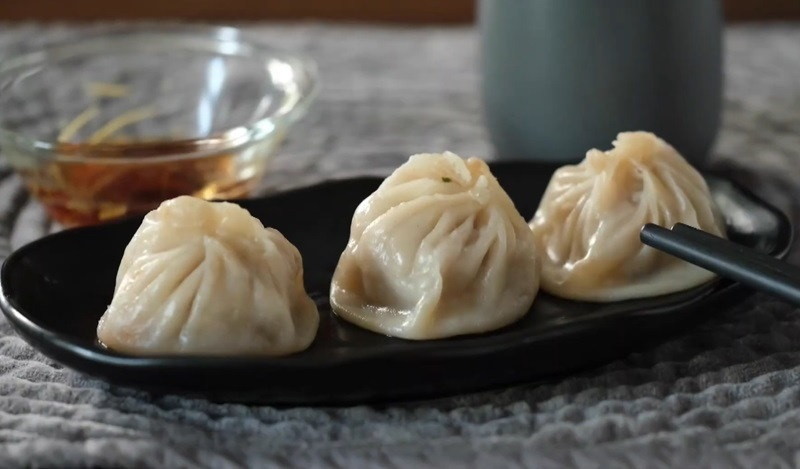
Xiaolongbao, a hallmark of Shanghai cuisine, are small steamed buns enveloped in delicate, translucent wrappers. These buns, traditionally cooked in bamboo steamers called xiaolongs, distinguish themselves from other dumplings like jiaozi or wonton. Nanxiang Xiaolongbao, a celebrated establishment in Shanghai with over a century of history, stands out for its meticulous craftsmanship in creating the wrappers and its secret blend of fillings. Renowned for their exquisite taste and texture, these buns offer a delightful experience to those fortunate enough to indulge in them. Nanxiang's Xiaolongbao, with its enduring legacy and commitment to culinary excellence, continues to captivate locals and tourists alike, making it an essential part of Shanghai's vibrant gastronomic scene. Whether enjoyed as a quick street snack or a sit-down meal in a bustling restaurant, Xiaolongbao embodies the rich culinary heritage and innovation of Shanghai cuisine.
Jiaozi
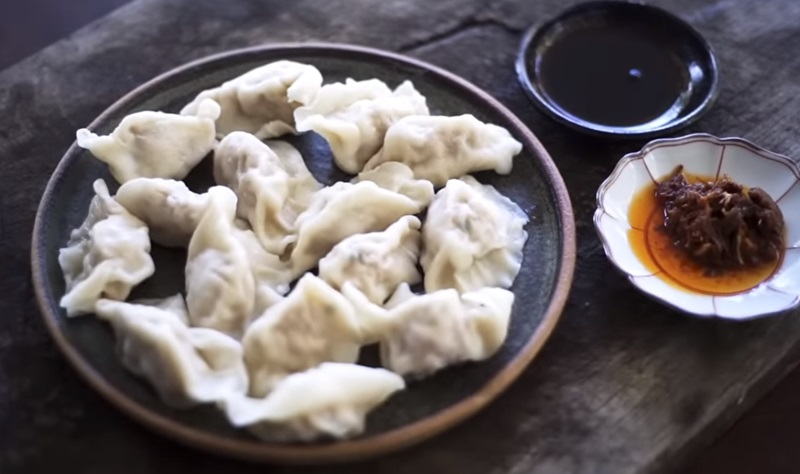
Jiaozi are revered for their versatility and delightful taste. These dumplings, which originated in China, boast a simple yet flavorful composition. Typically crafted with a mixture of ground meat and vegetables encased in a thin layer of dough, jiaozi are meticulously sealed by hand, ensuring the filling remains intact during cooking. Once prepared, these dumplings offer a myriad of cooking options, including boiling, steaming, pan-frying, or deep-frying, each method enhancing their unique texture and flavor profile.
Traditionally served with a dipping sauce comprising black vinegar and sesame oil, jiaozi can also be enjoyed in a comforting soup, adding an extra dimension to their culinary appeal. Whether relished as a snack, appetizer, or main course, jiaozi captivate the taste buds with their delightful combination of savory fillings and tender dough. Loved by people of all ages, these dumplings epitomize the rich culinary heritage and ingenuity of Chinese cuisine, making them a cherished dish enjoyed around the world.
Wonton
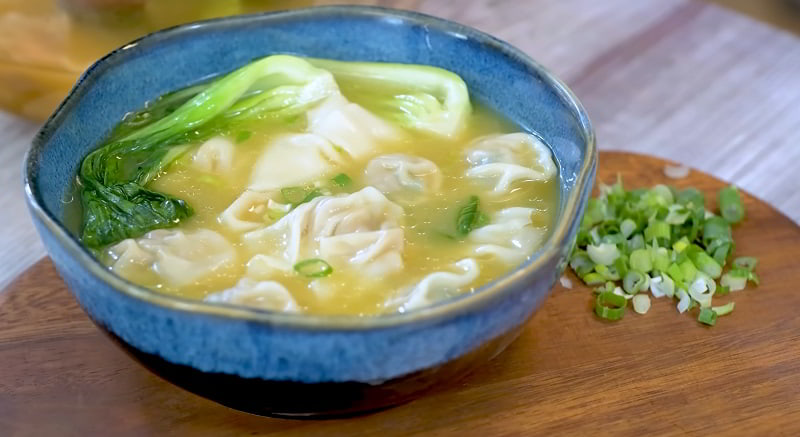
Wontons, a staple of Chinese cuisine, come in various forms across different regions, each with its own unique culinary twist. In Shanghai and its environs, wontons are cherished for their diverse fillings and delicious preparations. Typically, small wontons feature a simple yet flavorful combination of minced meat, often pork, and shepherd's purse, enveloped in a delicate wrapper and served in a comforting chicken soup.
Shanghai cuisine further distinguishes between small and large wontons, each offering a distinct dining experience. Small wontons, casually wrapped with a dab of pork filling, are favored as breakfast or brunch accompaniments, while large wontons, meticulously crafted in a tortellini-like shape, serve as satisfying lunch or dinner options. With a plethora of fillings to choose from, including the popular "three delicacies wonton" featuring pork, shrimp, and fish, the culinary landscape of Shanghai offers endless delights for wonton enthusiasts. Whether enjoyed as a quick snack or a hearty meal, wontons showcase the rich diversity and culinary ingenuity of Chinese cuisine.
Shumai
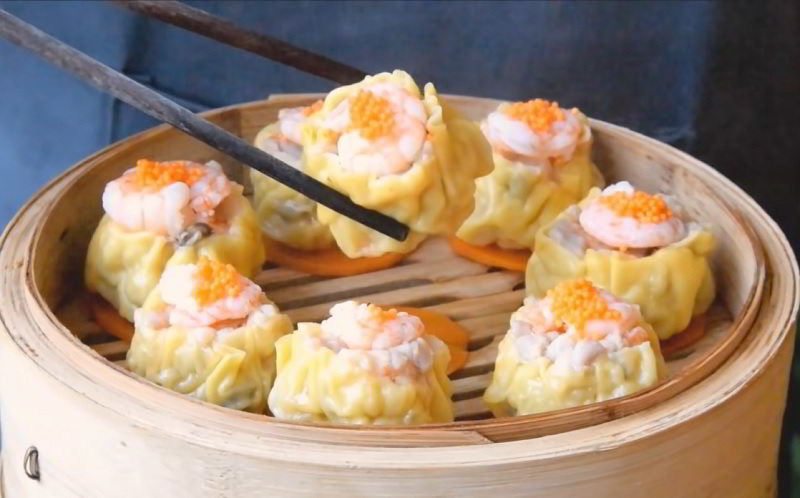
Shumai, a beloved fixture of traditional Chinese cuisine, is renowned for its delectable taste and delicate texture. Often served as a delectable dim sum snack, shumai delights diners with its savory filling and intricately crafted wrapper.
In Shanghai cuisine, shumai takes on a distinctive character, offering a unique blend of flavors and ingredients. Comprising marinated pork pieces infused with glutinous rice, soy sauce, and Shaoxing wine, this sumptuous treat is elevated by the addition of pork fat, resulting in a richer, more indulgent taste.
Unlike its Cantonese counterpart, Shanghai-style shumai boasts a larger size and a more robust filling. Shiitake mushrooms and onions lend depth and complexity to the flavor profile, enhancing the overall gastronomic experience.
Preparation of the filling involves a meticulous process of stir-frying minced pork, mushrooms, and onions to achieve the perfect balance of flavors and textures. The result is a mouthwatering masterpiece that exemplifies the culinary artistry of Shanghai cuisine.
Stinky Tofu
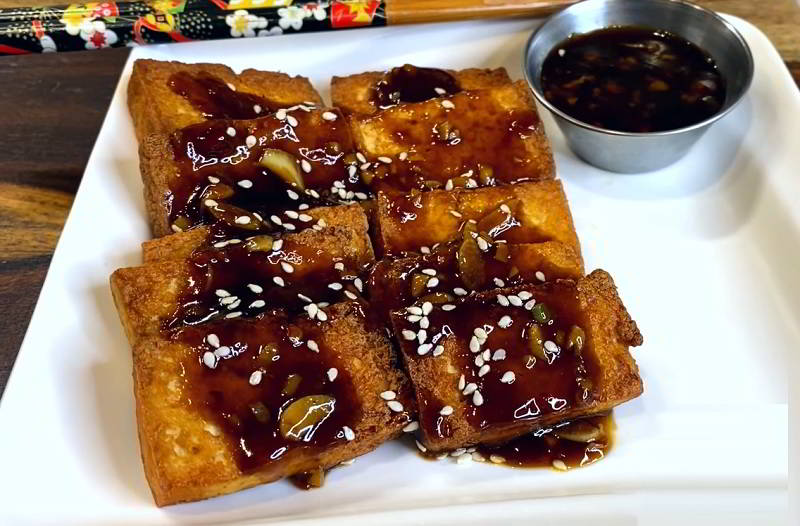
Stinky tofu, a unique delicacy in Chinese cuisine, is renowned for its pungent aroma and distinctive flavor profile. This fermented tofu variant is cherished for its bold taste and is often sold at night markets and roadside stands across China, where it serves as a popular snack or side dish.
Traditionally, stinky tofu undergoes a lengthy fermentation process in a brine infused with vegetables and meat, resulting in its characteristic strong odor. However, modern factory-produced versions are marinated for shorter durations, typically one or two days, to intensify the aroma.
In Shanghai, stinky tofu takes on a fried form, adding a crispy texture to its robust flavor. It is commonly served alongside a choice of spicy or sweet sauce, reminiscent of the Shaoxing variety. Despite its polarizing reputation, stinky tofu continues to captivate adventurous food enthusiasts with its complex taste and cultural significance in Chinese culinary traditions.
Nian Gao
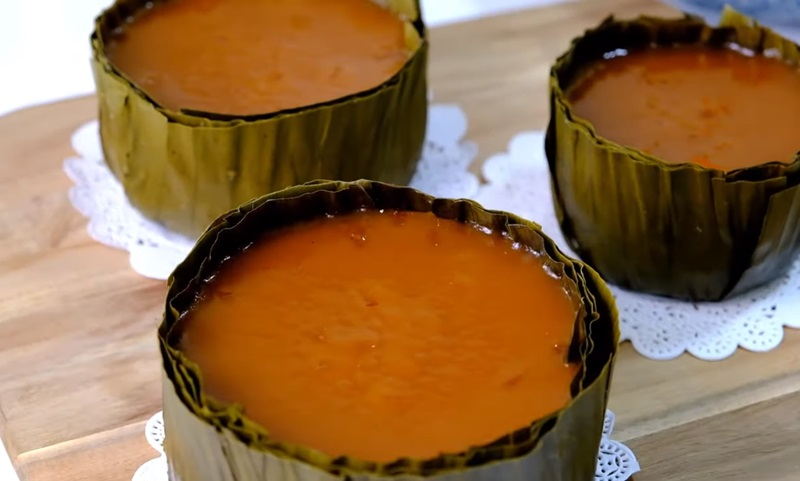
Nian gao, a staple in Chinese cuisine, is a delectable treat made from glutinous rice flour, earning it the moniker "rice cake." While enjoyed year-round, it holds special significance during Chinese New Year celebrations.
In Shanghai, nian gao is crafted into thick, soft rods, ready to be sliced and incorporated into various dishes. Whether stir-fried or added to soups, this style offers a range of textures, from soft to chewy, depending on the cooking method employed. What distinguishes the Shanghai style is its use of non-glutinous rice, resulting in its distinctive white coloration.
When served as a dish, stir-frying is the most common preparation method, lending the dish its name. This iconic Shanghai creation showcases the versatility of nian gao, enticing both locals and visitors with its delightful taste and cultural significance during festive occasions.
Shanghai Fried Noodles
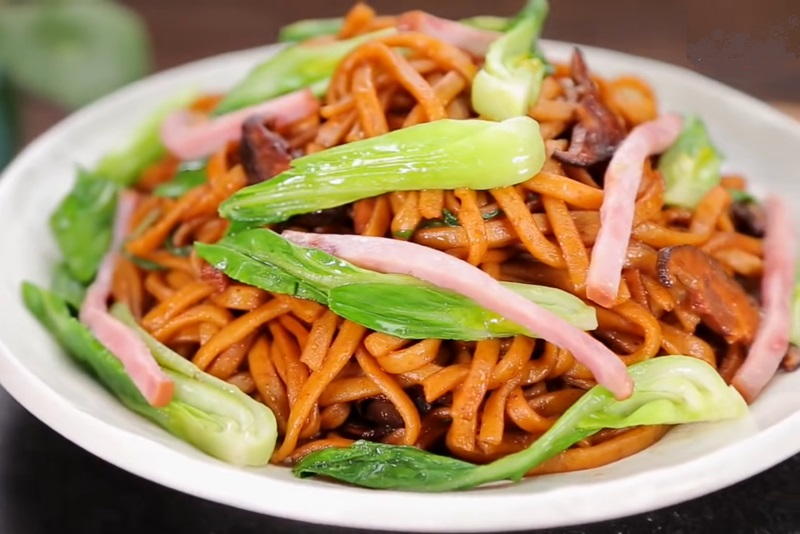
Shanghai fried noodles, a beloved dish in Shanghai cuisine, feature Shanghai-style noodles as their star ingredient, readily available in Chinese food markets. For those unable to find Shanghai noodles, Japanese udon serves as a suitable substitute.
The preparation typically involves stir-frying the noodles with a choice of meats and vegetables. Beef cutlets, bok choy, and onion are popular options, as are pork and Chinese yellow chives. This flavorful combination creates a satisfying and hearty meal, perfect for lunch or dinner.
Renowned for its simplicity and versatility, Shanghai fried noodles have become a staple in Shanghai's culinary scene. Whether enjoyed at home or at dumpling houses, this dish embodies the essence of Shanghai cuisine, enticing diners with its savory flavors and comforting textures. Its widespread popularity reflects its status as a beloved classic, cherished by locals and visitors alike for its delicious taste and cultural significance.
Tangbao
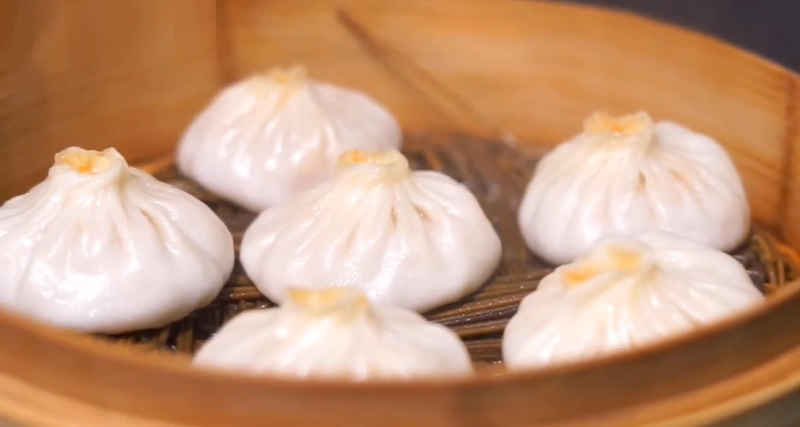
Tangbao, also known as soup buns or guantang bao, are a delectable delicacy in Chinese cuisine, characterized by their large size and soup-filled interior. These steamed buns, known as baozi, boast various regional variations and names across China.
The preparation involves wrapping a gelatinous filling in dough, which is then steamed to perfection. As the buns cook, the heat melts the filling, transforming it into a savory soup encapsulated within the soft and fluffy dough.
Tangbao come in a multitude of flavors and fillings, ranging from classic pork and crab to more innovative combinations like chicken and mushroom or vegetable medleys. Each bite offers a burst of rich, flavorful broth complemented by the comforting texture of the dough.
Renowned for their comforting warmth and satisfying taste, tangbao are enjoyed across China as a popular street food snack or as part of a hearty meal. Their popularity transcends regional boundaries, captivating food enthusiasts with their irresistible blend of flavors and textures.
Shengjian Mantou
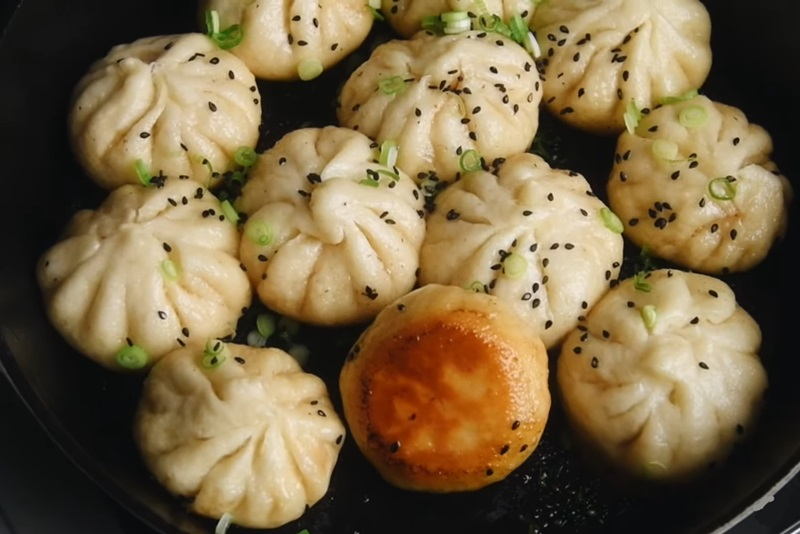
Shengjian mantou, a beloved specialty of Shanghai and Suzhou, is a type of small, pan-fried baozi renowned for its delectable filling and crispy exterior. These savory buns are a quintessential part of Shanghai cuisine and are cherished as a comforting breakfast staple.
Traditionally filled with a succulent mixture of pork and gelatin, which transforms into a flavorful soup-like liquid when cooked, shengjian mantou tantalizes the taste buds with each bite. In Shanghai, these pan-fried buns boast thin, crispy skins that add a delightful crunch to the tender filling. However, variations sold in other regions may feature thicker, bread-like skins, offering a slightly different texture experience.
Shengjian mantou holds a significant place in the hearts of locals and visitors alike, symbolizing the rich culinary heritage of Shanghai. Whether enjoyed as a quick breakfast on the go or savored as a comforting snack, these pan-fried buns never fail to evoke feelings of warmth and satisfaction, making them a cherished delicacy in Chinese cuisine.
Cifantuan
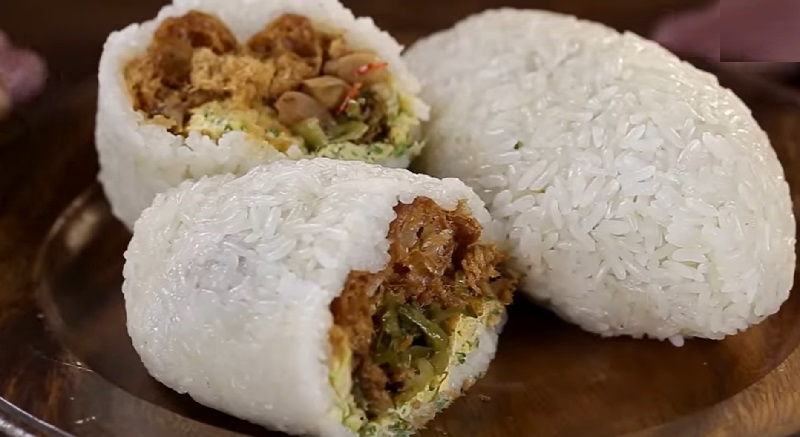
Cifantuan, a beloved breakfast staple originating from the Jiangnan region of eastern China, particularly in Shanghai and its surrounding areas, is a delightful glutinous rice dish cherished for its simplicity and flavor.
This traditional dish features a unique combination of ingredients, with a piece of youtiao, or fried dough, tightly wrapped within glutinous rice. The youtiao adds a satisfying crunch to the soft and sticky texture of the rice, creating a harmonious blend of flavors and textures.
Typically enjoyed during breakfast, cifantuan is often paired with either sweetened or savory soy milk, offering a balanced and comforting start to the day. Its popularity as a breakfast food item is particularly prominent in Shanghai, where locals and visitors alike indulge in its wholesome goodness.
Cifantuan encapsulates the essence of Jiangnan cuisine, offering a delicious blend of textures and flavors that appeal to the senses. Its simplicity and versatility make it a beloved choice for breakfast enthusiasts seeking a hearty and satisfying morning meal.
Lion's Head
-1713499630.jpg)
Lion's Head, a classic dish, showcases large, succulent meatballs stewed to perfection with an array of flavorful ingredients.
These meatballs, crafted from either pork or beef, come in two distinct varieties: white (plain) and red. The plain version is typically stewed or steamed alongside tender napa cabbage, while the red variety features additional ingredients such as bamboo shoots, cabbage, and tofu derivatives, enhancing its complexity and depth of flavor.
The secret to the delectable texture of Lion's Head lies in the use of minced meat rich in fat, which ensures a juicy and tender bite with every mouthful. For an added crunch, chopped water chestnuts are often incorporated into the meat mixture, providing a delightful contrast in texture.
Whether enjoyed as a comforting stew or a hearty steamed dish, Lion's Head offers a delightful harmony of flavors and textures that captivate the palate and satisfy the soul.
Cumian
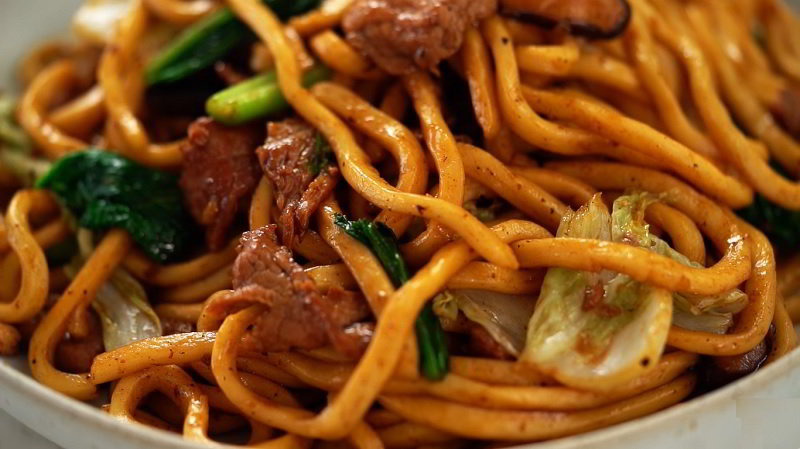
Cumian, robust Chinese noodles crafted from a simple blend of wheat flour and water, are celebrated for their versatility and rich texture. Two distinct varieties of cumian grace Chinese culinary landscapes. The first, known as Shanghai-style cumian, boasts a thick diameter, perfect for absorbing flavors and sauces in dishes like Shanghai fried noodles. Meanwhile, the second type, hailing from Hong Kong, flaunts a flat and wide profile, sometimes tinged with a golden hue from the addition of alkaline.
In Hong Kong's vibrant culinary scene, flat cumian reigns supreme, often showcased in beloved dishes like cart noodles, where its broad shape provides a perfect canvas for soaking up savory broths and sauces.
Whether enjoyed in the bustling streets of Shanghai or the vibrant alleys of Hong Kong, cumian noodles offer a delightful indulgence, their hearty texture and ability to carry bold flavors making them a cherished staple in Chinese cuisine.
Chicken and Duck Blood Soup
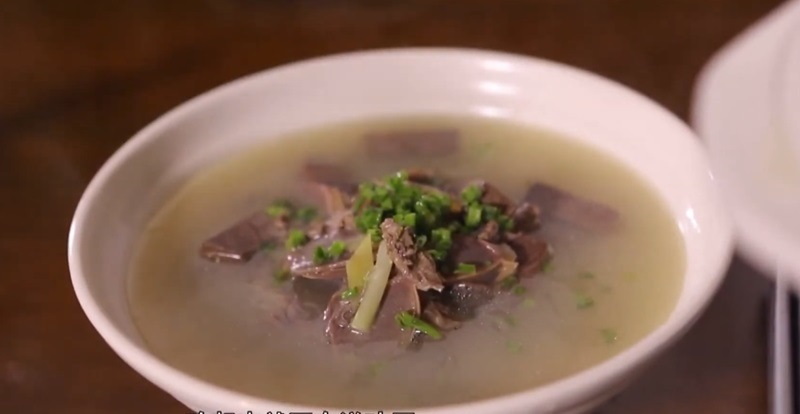
Chicken and duck blood soup, a quintessential dish in Shanghainese cuisine, showcases the rich flavors of poultry blood as its star ingredient. This hearty soup is crafted by simmering the blood of chickens and ducks, complemented by an array of chicken organs and other parts.
Renowned for its distinctive sour-spicy taste, chicken and duck blood soup offers a unique culinary experience that tantalizes the taste buds. Despite its bold flavors, the dish is celebrated for its purported health benefits and medicinal value in Shanghai.
As a beloved staple in the city's culinary repertoire, chicken and duck blood soup holds a cherished place in the hearts of locals and visitors alike. Whether enjoyed as a comforting meal on a chilly day or savored for its cultural significance, this nourishing soup exemplifies the artistry and tradition of Shanghainese cuisine.
Eight Treasure Duck
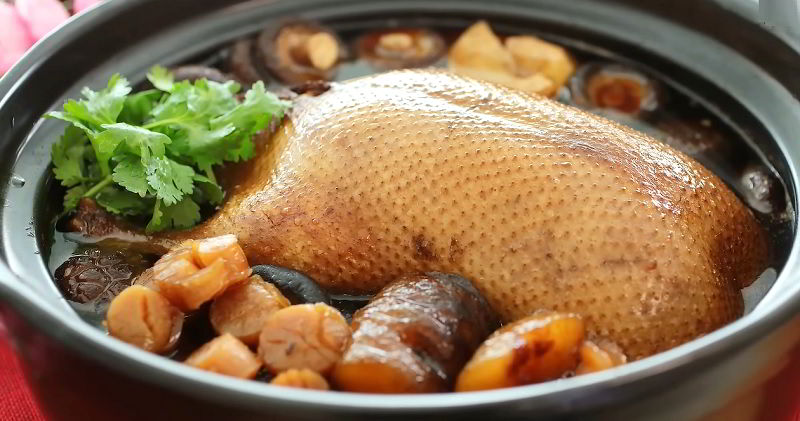
Eight treasure duck, also referred to as eight treasures duck, is a sumptuous delicacy originating from Shanghai and Cantonese culinary traditions. Renowned for its exquisite flavor and intricate preparation, this dish earns its name from the assortment of eight treasures stuffed within the duck.
The treasures typically include a blend of aromatic rice, savory mushrooms, succulent shrimp, and various other flavorful ingredients carefully selected to enhance the dish's taste and texture. Each ingredient contributes its unique essence, resulting in a harmonious symphony of flavors.
To prepare eight treasure duck, the duck is meticulously deboned and then meticulously stuffed with the treasures before being skillfully roasted or braised to perfection. The cooking process allows the flavors to meld together, creating a dish that is as visually stunning as it is delicious.
Served as a centerpiece for special occasions or festive gatherings, eight treasure duck exemplifies the culinary artistry and rich gastronomic heritage of Shanghai and Cantonese cuisine.
Sou (pastry)
-1709102322.jpg)
Sou is a delightful Chinese pastry renowned for its flaky texture and delectable fillings, commonly enjoyed across various Chinese cuisines.
In Shanghai cuisine, sou comes in a diverse array of dried varieties, each offering a unique flavor profile and filling. Popular options include peanut sou, green bean sou, and walnut sou, each boasting a distinct taste and texture. These pastries are often cherished as souvenirs and are typically packaged in elegant boxes, making them a perfect gift or treat for special occasions.
Crafted with meticulous attention to detail, sou pastries are made using Chinese flaky pastry, which lends them their signature crispiness and delicate layers. The fillings, such as peanuts, green beans, or walnuts, are carefully selected for their quality and flavor, enhancing the overall taste experience.
Whether enjoyed as a snack, dessert, or gift, sou pastries exemplify the rich culinary heritage and craftsmanship of Chinese cuisine, delighting taste buds with their irresistible combination of flakiness and flavorful fillings.
Yanduxian
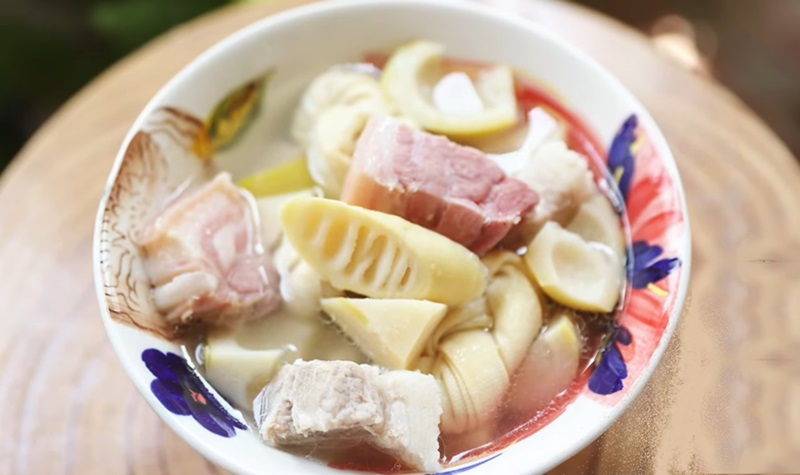
Yāndǔxiān, a savory dish, is crafted from a harmonious blend of cured pork and fresh pork, paired with tender winter bamboo shoots.
This delectable dish typically features a medley of ingredients, including pork ham shank and bone-in ham, combined with fresh winter bamboo shoots, pork stock, ginger root, water, ground white pepper, and scallions. The cured pork lends depth of flavor and richness to the dish, while the fresh pork and bamboo shoots contribute a delightful freshness and texture.
Preparation often involves simmering the ingredients together in a flavorful broth until the meats are tender and infused with the aromatic flavors of the spices and seasonings. The resulting dish is hearty, comforting, and bursting with savory goodness.
Yāndǔxiān is cherished for its robust flavors and comforting qualities, making it a beloved choice for family meals and gatherings.
Song Gao
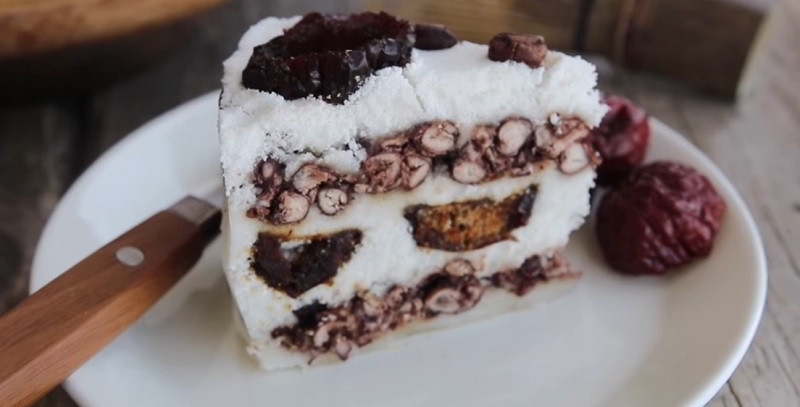
Sōng gāo, a delightful Shanghai delicacy, epitomizes simplicity and flavor with its main ingredients of rice flour, sugar, and water. What makes it unique is the incorporation of both large and regular azuki beans, enhancing the cake's distinct texture and taste.
The cake showcases generous, pink-hued azuki beans, each approximately an inch in size, decorating the top, while smaller azuki beans are nestled within the tender cake. To add to its decadence, a delicious red bean paste filling completes the creation. Sōng gāo is crafted into a large, steamed circular cake and thoughtfully divided into sections for convenient consumption.
This snack holds cultural significance, extending its reach beyond Shanghai to capture the admiration of Madame Chiang Kai-shek. Her fondness for sōng gāo led to its inclusion on the menu of the Grand Hotel of Taipei, a tradition that endures to this day. Thus, sōng gāo not only delights the palate but also carries a historical heritage, embodying the timeless charm of Shanghai's culinary offerings.
Shanghai-Style Salad
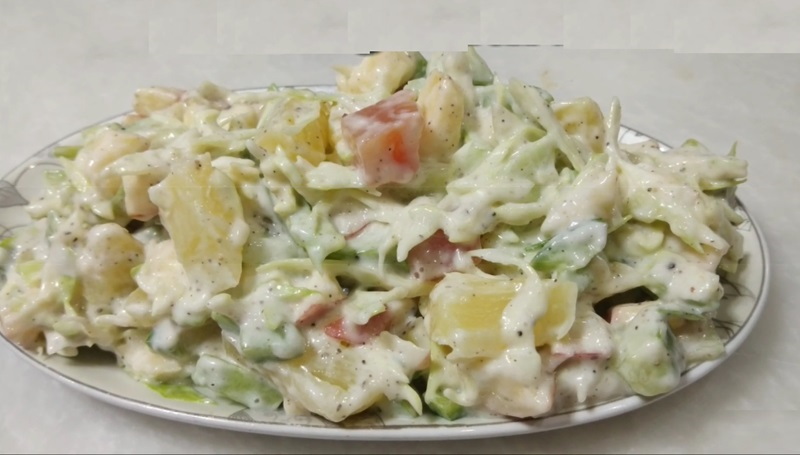
Shanghai-style salad, a cherished appetizer, offers a unique twist on the classic Olivier salad, blending elements of Western and local Shanghai flavors.
Originating from Western cuisine but adapted to suit the preferences of Shanghai locals, this salad has become a beloved staple in the region's culinary landscape. It boasts a delightful medley of ingredients, typically including diced potatoes, carrots, peas, and hard-boiled eggs, all mixed with a creamy dressing. Additional components such as ham, chicken, or seafood may also be incorporated, adding depth and variety to the dish.
The salad's appeal lies in its harmonious blend of textures and flavors, with each ingredient contributing to a satisfying and well-rounded taste experience. Whether served as an appetizer or a side dish, Shanghai-style salad delights the palate with its refreshing taste and nostalgic charm.



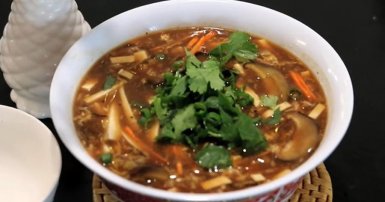
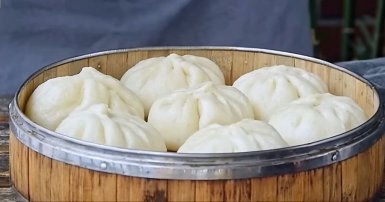

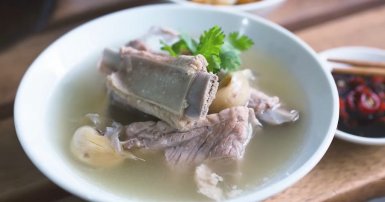


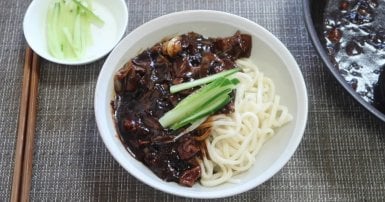

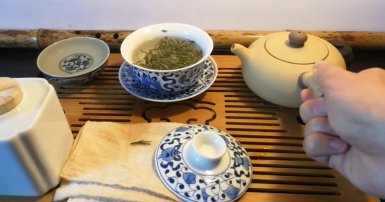

-1709813013.jpg)


